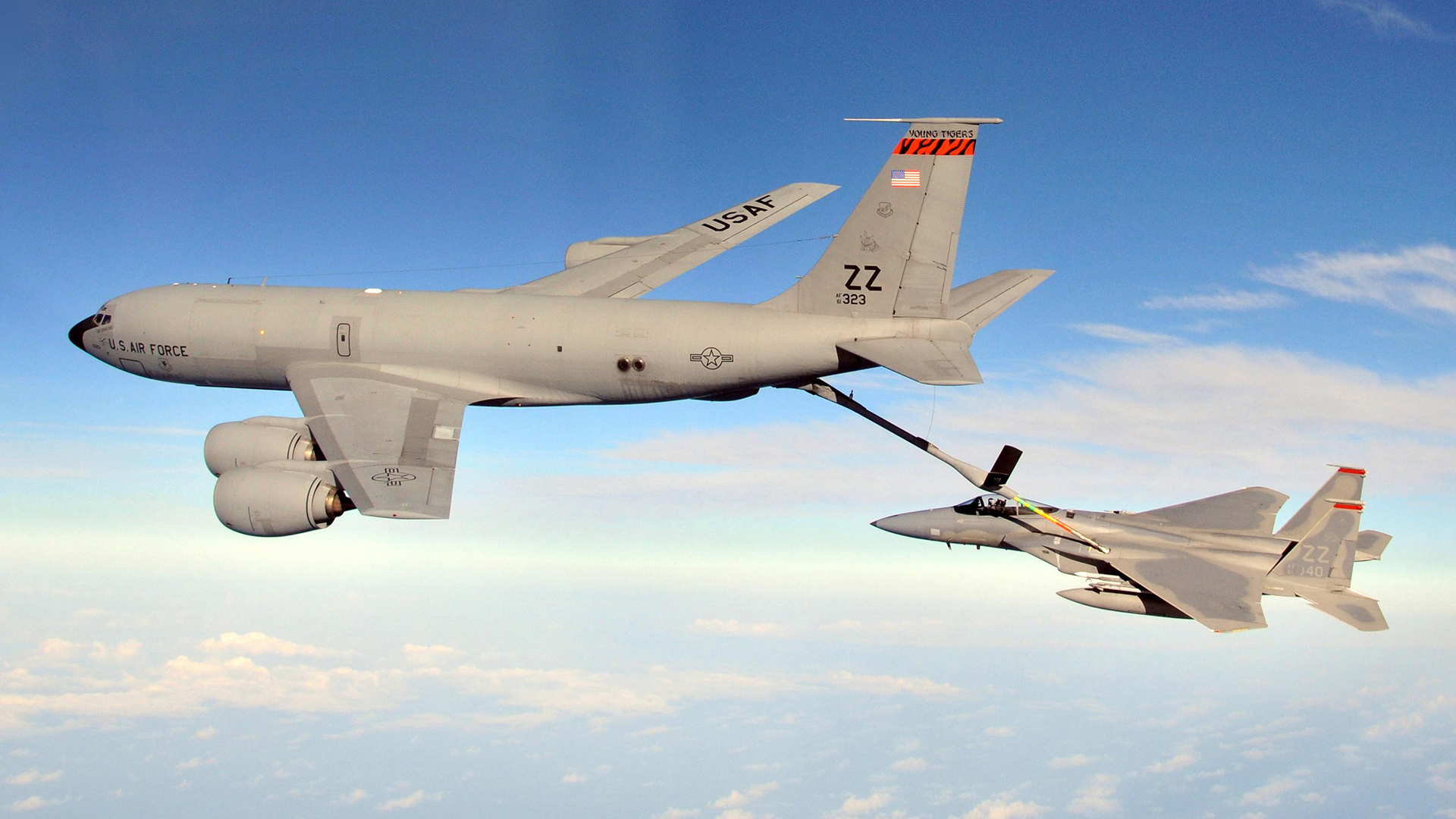The U.S. Air Force looks set to finally add winglets to a portion of its KC-135 Stratotanker aerial refueling fleet. The service says putting upturned devices on the tips of the wings on the over half-century-old aircraft will improve their fuel efficiency and reduce drag, saving up to $65 million each year in operating costs as a result.
Winglets are already in widespread use on commercial airliners for exactly these reasons. This all only underscores how the Air Force missed an opportunity decades ago to have already made these modifications as The War Zone has previously explored.
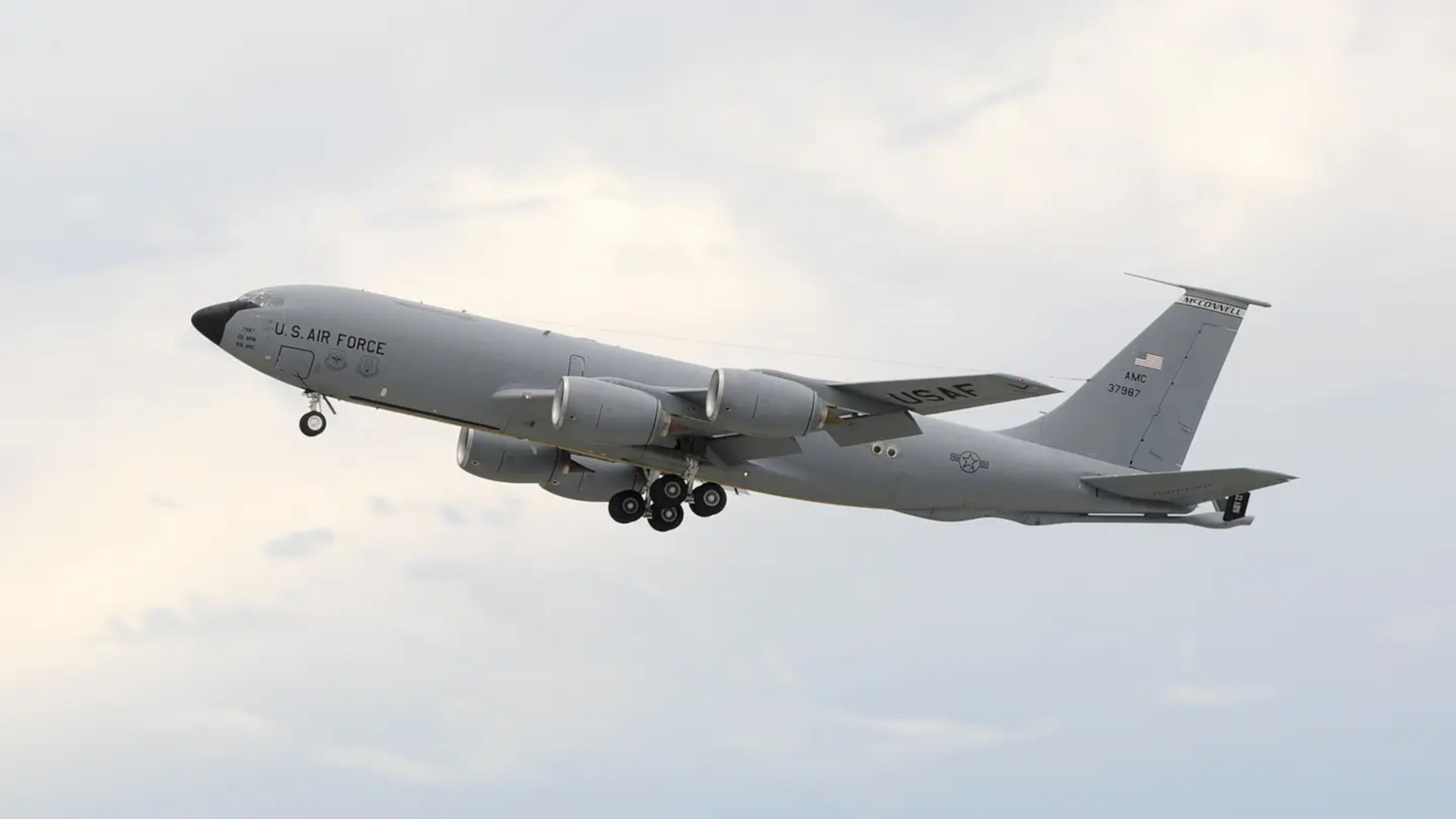
Details about the Air Force’s plans to test and install winglets on a still-to-be-determined number of KC-135s are contained in the service’s recently released budget request for the 2024 Fiscal Year. It is asking for $15 million in that fiscal cycle to support developmental work, including installing a set on at least one KC-135 for initial flight testing. The service’s budget documents also say that it plans to seek $140 million between Fiscal Years 2025 and 2028 to add the finalized winglets to additional KC-135s.
“This program adds winglets to the left and right outboard wing section of KC-135 aircraft. The winglets use Active Load Alleviation Control System (ALACS) that will decrease stress loads throughout the entire wing body,” the Air Force’s 2024 Fiscal Year budget request explains about this particular upgrade effort. “Winglets reduce aircraft drag and increase fuel efficiency. … Research Laboratory (AFRL) projects fuel savings of approximately $35-56M annually, based on simulations and anticipated improved operational benefits.”

While we don’t yet know the exact design of the winglets the Air Force is looking at installing on its KC-135s, the budget documents do say that it will include an Active Load Alleviation Control System (ALACS) component. ALACS winglets are designed to reduce the need for other structural changes to the aircraft, especially to reinforce the wing, typically through a wing extension featuring an additional control surface to help mitigate spikes in gust and maneuver loads. The video below provides a general overview of how an ALACS works.

$65 million in savings is not a huge amount in the context of multi-hundred-billion-dollar defense budgets – the U.S. military’s total proposed budget for Fiscal Year 2024 is more than three-quarters of a trillion dollars – and given the costs the Air Force is looking to incur up-front by adding the winglets to its KC-135s. However, the modifications could still pay useful dividends in the long run.
The Air Force is very actively looking to cut costs, including through the divestment of hundreds of older aircraft just in the 2024 Fiscal Year, to support its overall modernization push, especially to help pay for elements of its multi-faceted Next Generation Air Dominance (NGAD) program, which you can read more about here. The service, easily one of the largest users of fuel on the planet, also has a general interest in reducing how much gas it burns for strategic and environmental reasons.
As already noted, winglets are an established technology widely used on commercial airliners, as well as various other aircraft. This can only raise the question of why the Air Force is only doing this now, especially when considering that it, in cooperation with NASA, tested winglets for the KC-135 over the course of many years between the late 1970s and early 1980s.
Between 1979 and 1981, a winglet-equipped NKC-135A testbed, with the serial number 55-3129, demonstrated a 6.5 percent fuel saving over the course of 39 flights totaling 170 hours with the aircraft operating in a usual flight regime. With that and other data in hand, the Air Force and NASA estimated at the time that installing winglets across the KC-135 tanker fleet would save it almost 45 million gallons of fuel each year.
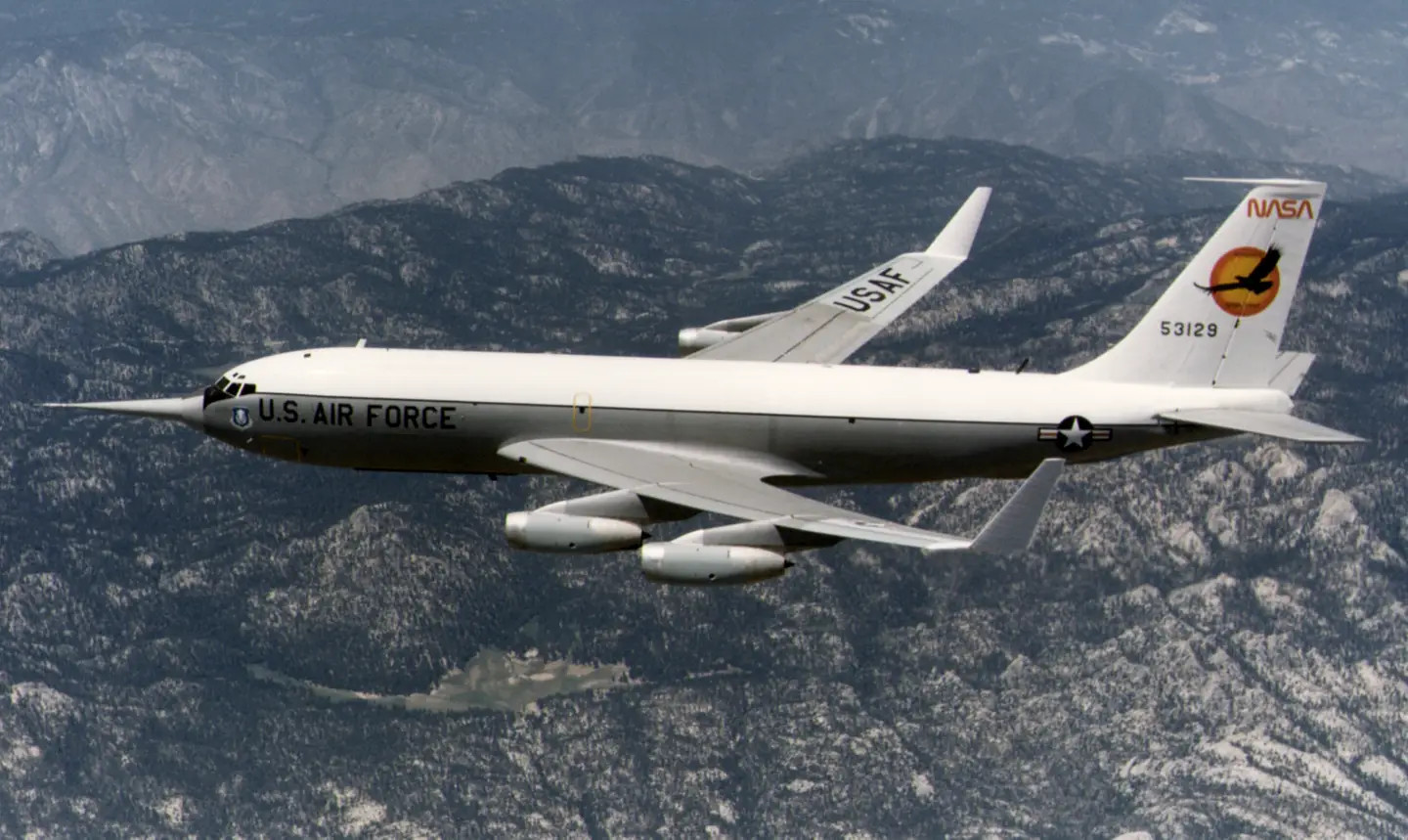
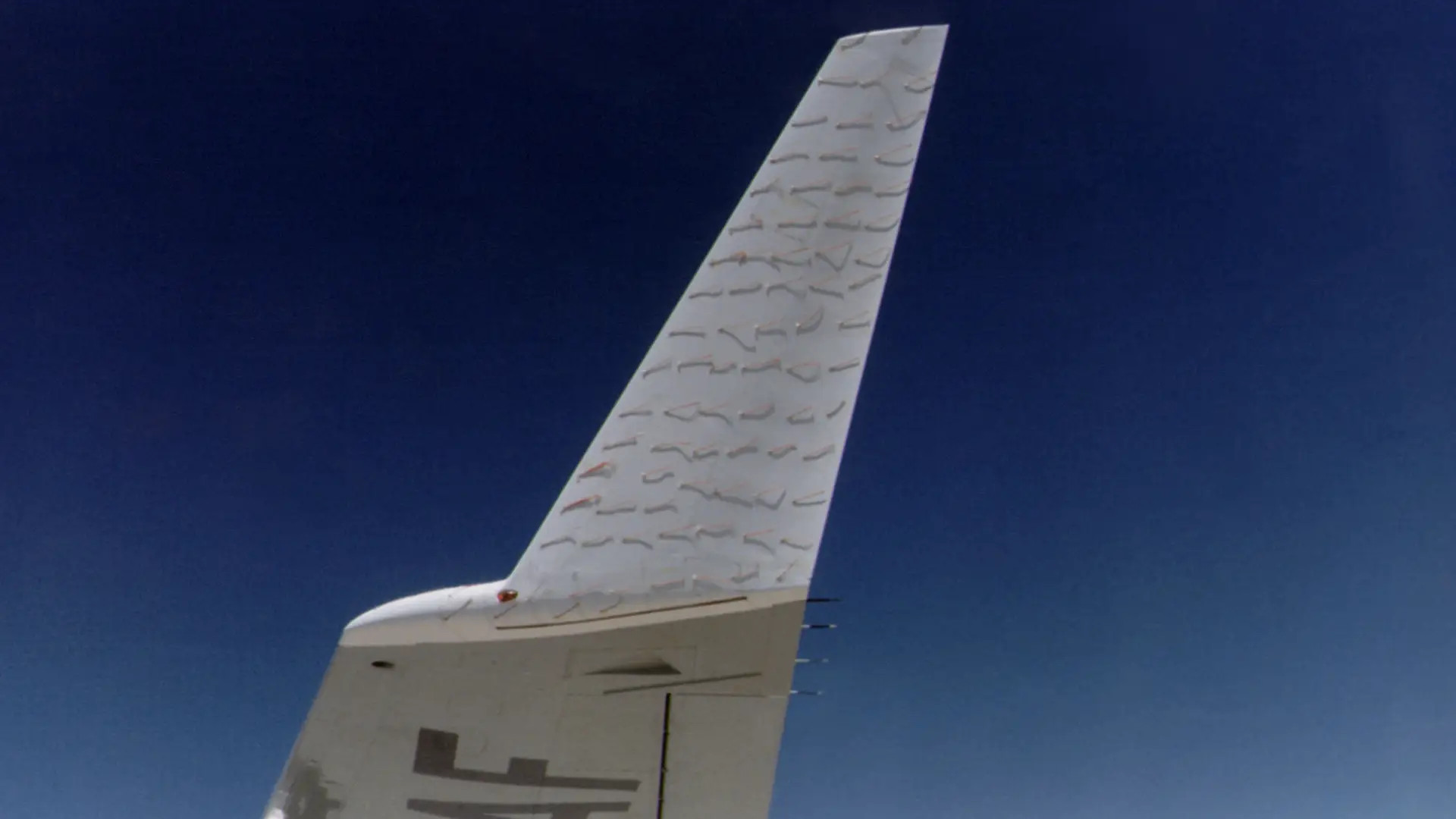

Despite this showing, the Air Force canceled that earlier project in favor of a computerized system intended to improve fuel efficiency that ultimately produced far less impressive results. You can read more about all of this here.
For accounting purposes, as of January 2023, the Department of Defense’s standard price for a gallon of either JP8 or Jet A jet fuel, types that can be used on the KC-135, is set at $3.90. Based on this figure, the Air Force’s estimate of saving up to $65 million each year on fuel with the new winglets could equate to around 16.6 million gallons annually.
This would seem, at least on the face of it, to suggest the new winglet configuration is somehow less capable than the one tested in the 1970s and 1980s, but many factors might be at play. The Air Force’s KC-135s have gone through a number of upgrade programs in the ensuing decades that have led to changes in the aircraft’s weight and weight distribution, among other things.
It is also unclear just how much testing the Air Force expects it will need to do to certify the winglets on the KC-135 as part of this new project. The underlying technology should be extremely mature given the service’s own work, as well as that by private industry, on winglets over the years.
It still remains to be seen when and how many KC-135s ultimately get winglets. The Air Force’s Fiscal Year 2024 budget request say it does not yet know how many of the tankers it wants to put winglets on, which is likely because the expected size of the fleet currently is somewhat in flux.
The Air Force is in the process of retiring older KC-135 and KC-10A tankers as it takes delivery of more KC-46A Pegasuses. The service is looking to get rid of its last 24 KC-10As in the 2024 Fiscal Year. However, the KC-46As have been beset by technical problems, quality control issues, and other hurdles, which have impacted efforts to divest older tankers in the past.
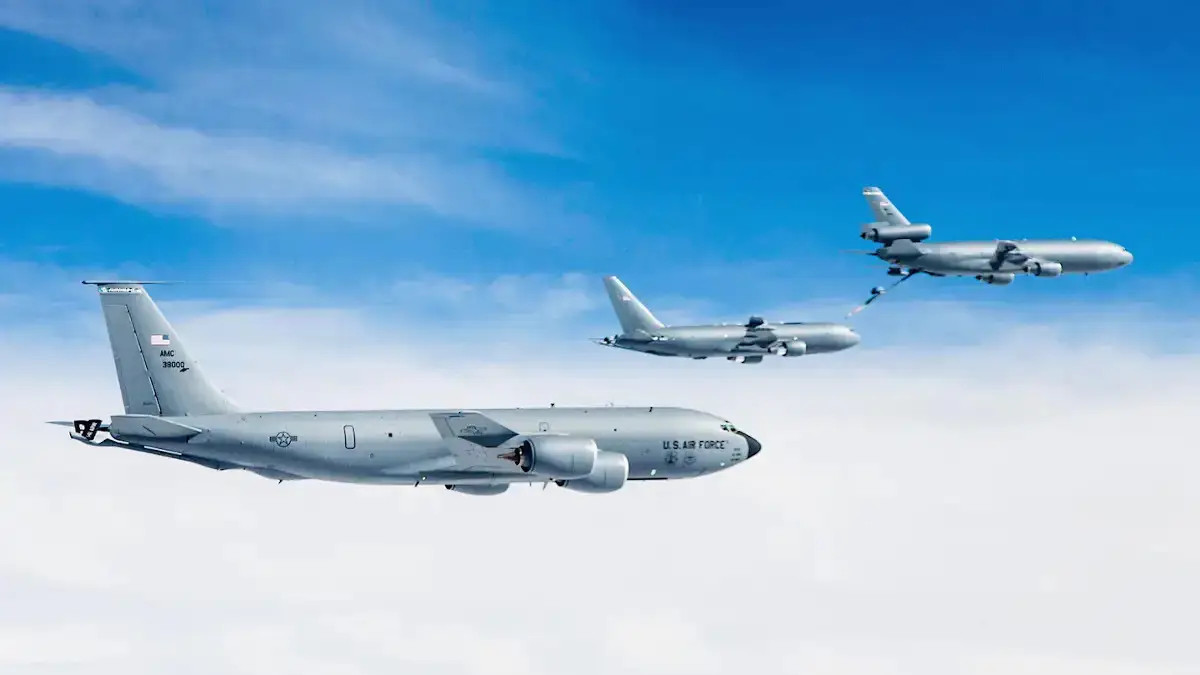
The Air Force is separately looking to develop and acquire at least one type of new advanced tanker in the coming years under its Next Generation Air-refueling System (NGAS) program. The service also plans to buy more traditional tankers to ‘bridge the gap’ between the end of its current KC-46A contract and the arrival of the NGAS aircraft, and is leaning toward simply buying more Pegasuses.
No matter what, with the KC-135 now deeply in the back half of its career, whatever savings the Air Force will be able to realize now from installing winglets on any of those aircraft can only be less pronounced than what it would have gained from pursuing a similar upgrade plan decades ago.
Interestingly, the Air Force’s Fiscal Year 2024 budget request also indicates that it is looking to start fitting winglets to its KC-46A fleet starting in Fiscal Year 2026. Winglets are already in use on Boeing 767 airliners, from which the Pegasus is derived, although its specific fuselage and wing combination is unique. Boeing’s original NewGen Tanker proposal included winglets, but they were not included in its final configuration of the tanker.
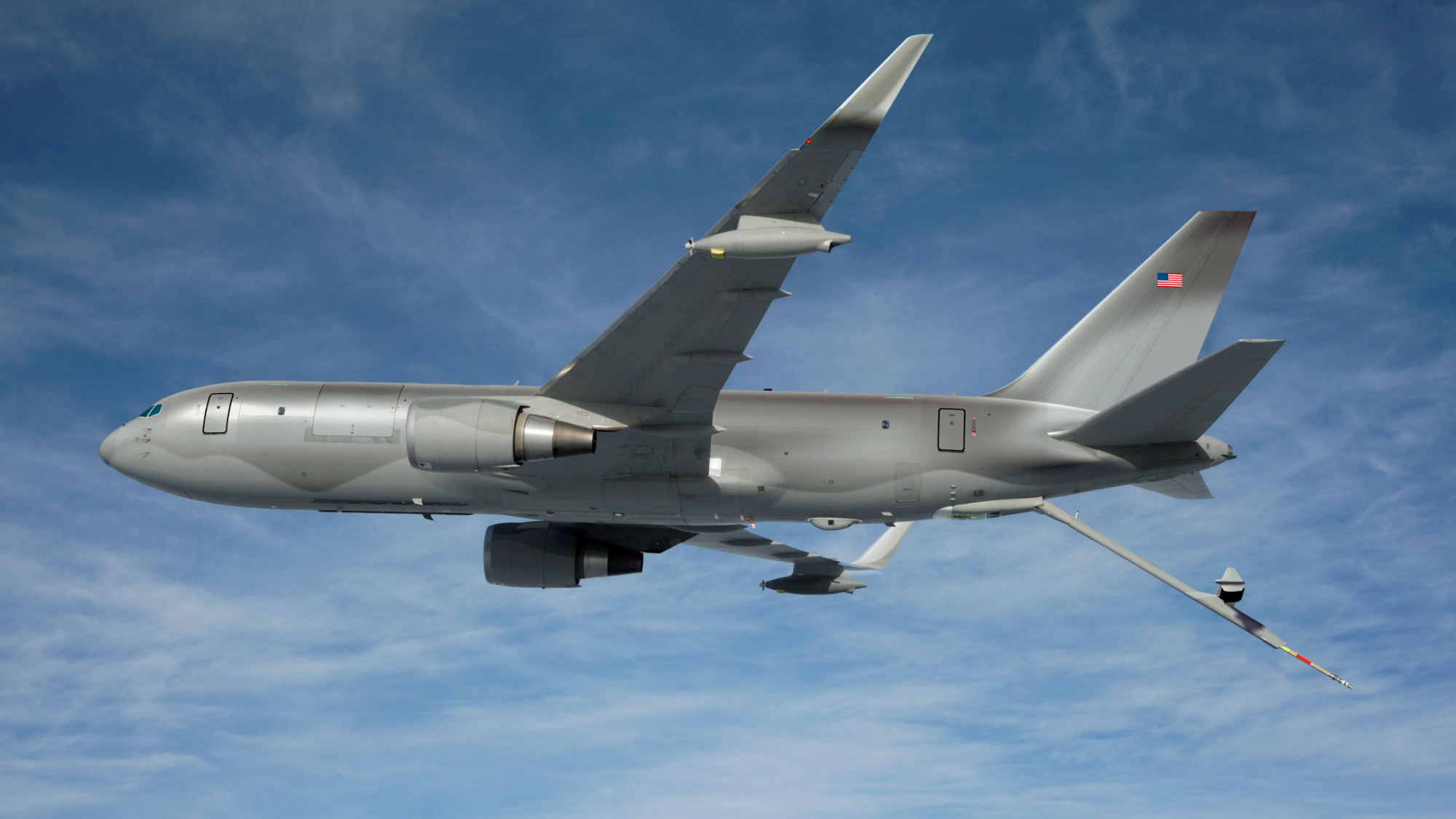
“Based on the USAF refueling requirements, the missions were not of sufficient duration nor conducted at altitudes that optimize the benefits derived from winglets,” a Boeing spokesperson told Aviation Week back in 2011. “We felt comfortable showing winglets on the NewGen tanker [Boeing’s original name for what evolved into the KC-46A] because we were considering them through the trade study. Showing available technology and potential airplane configurations in marketing material is a normal practice in the industry.”
That calculus would appear to have changed in the intervening years.
The Air Force has also looked into adding winglets to other larger aircraft types in the past, including versions of the C-130 airlifter. Despite data pointing to significant potential fuel savings in those instances, the service has not pursued those modifications, either. Whether that may change going forward remains to be seen.
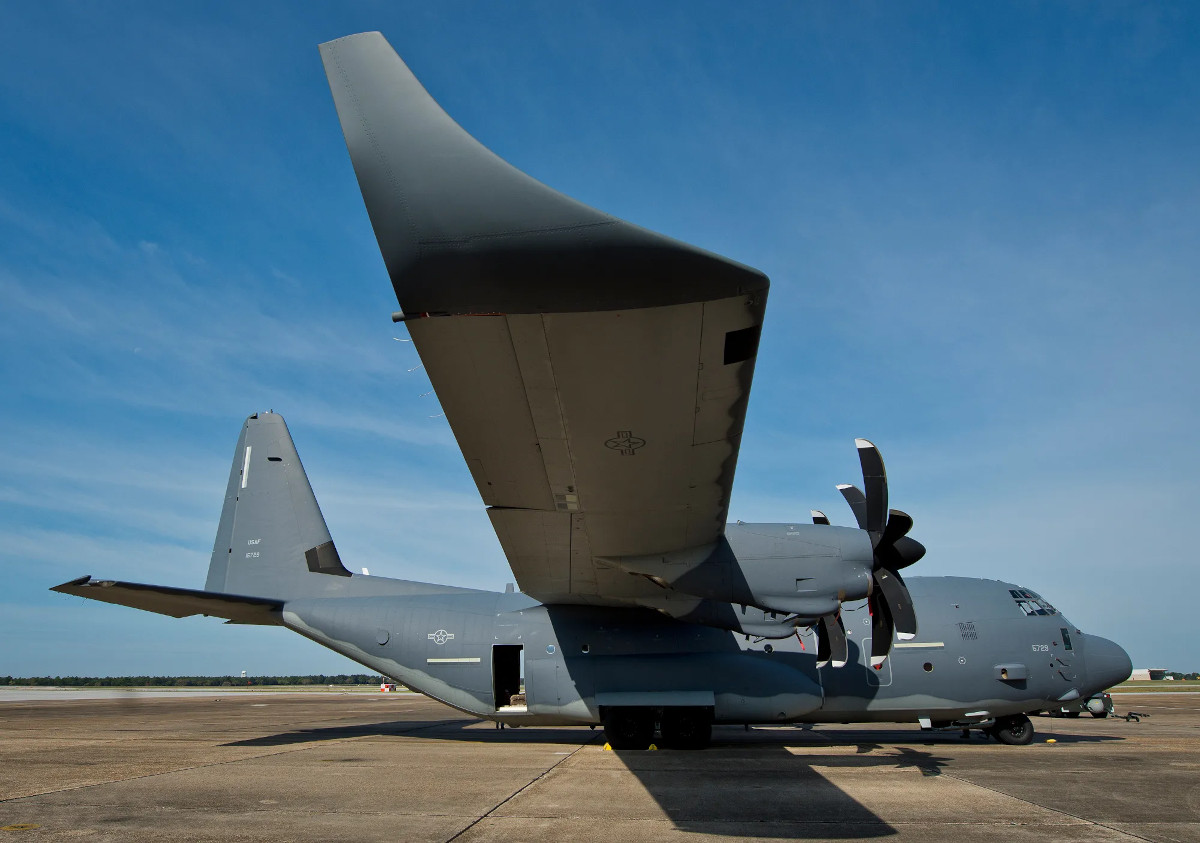
Whatever the case, at least a portion of Air Force’s KC-135s now look set to finally get winglets.
Contact the author: joe@thedrive.com
